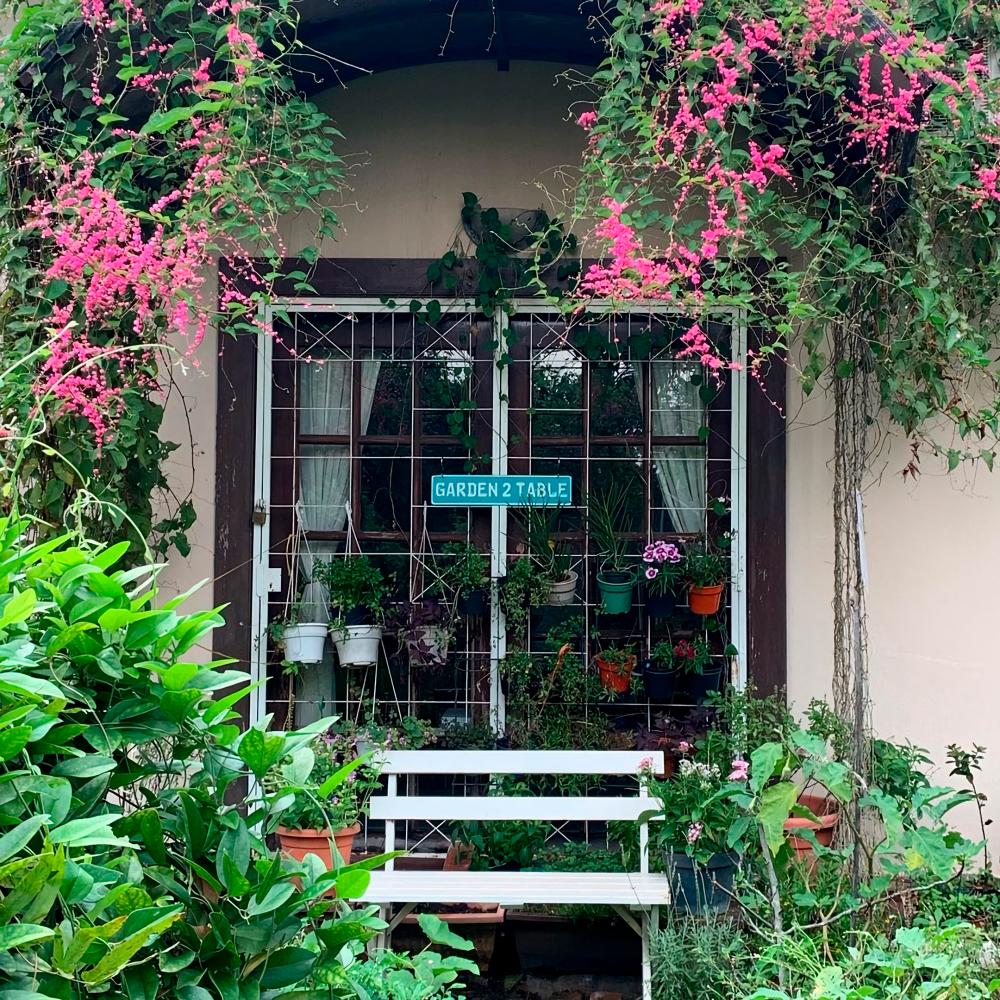THERE is a lot of hype around sustainability these days. In particular, the younger generation seem to have strongly resonated with the message. A quick glance on social media will prove how passionate both millennials and Gen Zs are about eco-friendly solutions.
Knowledge about sustainability in fashion and home interiors is particularly popular. However, sustainability in areas like cuisines does not seem to be common knowledge. Therefore, the BUZZ team took it upon ourselves to learn how sustainability translates into this aspect of life.
Our recent trip to Petaling Jaya Section 14’s Garden to Table was our first initiative. Founder CY Phang was generous enough to allow us to participate in one of her Saturday afternoon cooking classes.
Phang – who initially worked as a food photographer – launched Garden to Table to spread the good word about sustainable eating and cooking.
“Our main goal is to educate people to grow their own food in a sustainable manner so that we can continue to enjoy the fruits of our labour, time and effort for many generations to come. And how we can use this fresh produce to cook or create dishes without wastage,” said Phang during our conversation.
In addition, she also noted their objective of preserving food heritage – “to teach how we can cook and prepare heritage dishes and pass on the knowledge and skills by active and interactive participation of the attendants.”
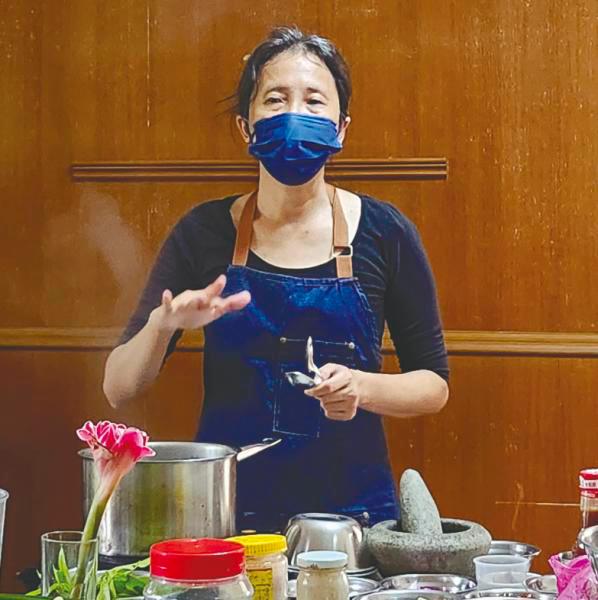
To date, Garden to Table has conducted numerous classes, workshops and masterclass cooking demos on ways to grow and prepare popular Malaysian dishes ranging from Chinese vegan fried dumplings to the well-loved Kelantanese Khao Jam.
During our session, however, we were taught how to prepare the traditional Kelantanese dish Nasi Kerabu. The session, which was conducted by Phang herself, was definitely an eye-opener to say the least.
Given our comfort in conventional cooking methods, the session broadened our knowledge, introducing us to viable, efficient, and cheaper ways of preparing food. Starting at 2pm, the masterclass first kicked off with a brief introduction from Phang.
Before venturing into the first step, Chef Phang walked us through our main goal for the day. She refreshed us on what the class’s objective was and simple house rules for the day. This was then continued with an elaboration on the class’s structure.
Considering how Nasi Kerabu is a full-course meal, the steps to preparing the dish can be pretty elaborate. Therefore, to save time and resources, Phang has structured the class in a manner that prevents students from being overwhelmed and losing interest.
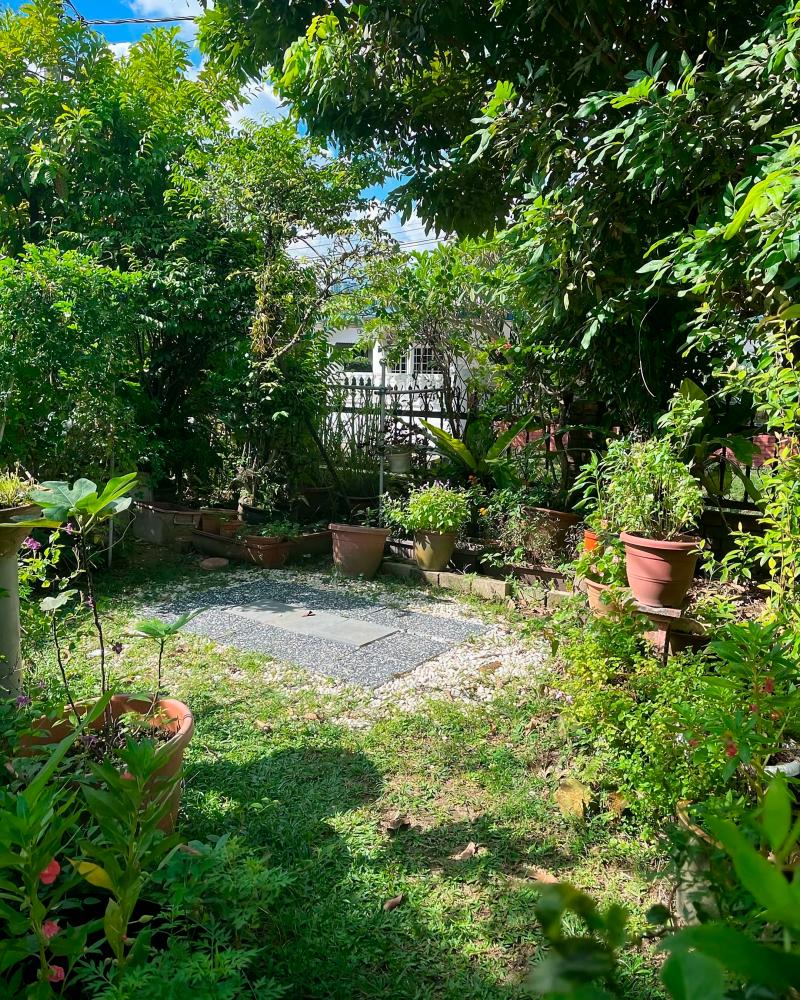
For example, the lesson was split into four categories according to the ingredients – blue rice, coconut-flaked fish, spicy coconut sauce, and super crispy Asian-style fried chicken. And the class progressed according to the completion of each step.
Additionally, Phang spearheaded the tutorial through demonstration and engaging interactions. So, upon Phang’s elaboration on the class’s structure, we dived immediately into preparing the blue rice. This stage was fairly easy as it only involved simple steps such as boiling the blue pea flowers and cooking the rice.
While doing so, we already had spare time to work on the coconut-flaked fish. Phang was dry frying the grated coconut on low heat in a pan. She was stirring constantly for it to turn light brown. Once it did, she went on to pound shallots, ginger, and lemongrass using a mortar and pestle until it became fine.
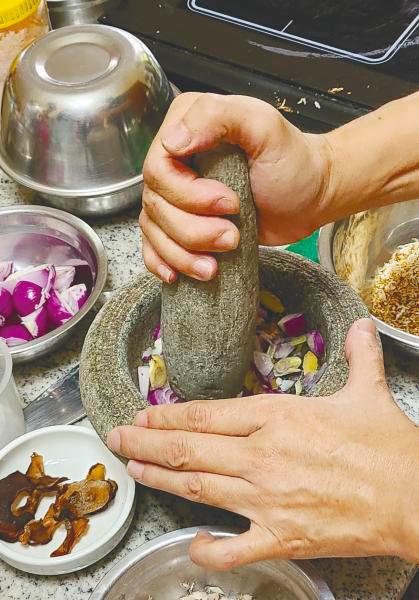
And then she added in coconut flakes, fish flakes, salt, sugar and ground white pepper, and pound to mix well. As per the flyer, things sure got interactive in the next stage as Phang brought us out to her garden. We got to witness first-hand how Phang planted and grew the fresh produce for most of her dishes.
So, for the Nasi Kerabu, we got to see the required fresh herbs like lemongrass, mint leaves, and young kaffir lime leaves. Right after that, we were brought back in for the spicy coconut sauce. Phang ground dried chillies and shallots in a blender with some water.
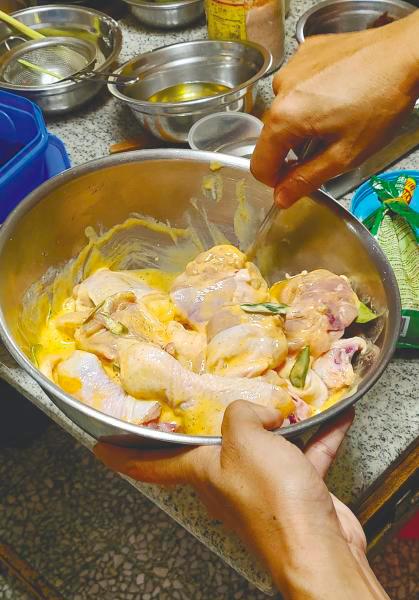
She then fried the chilli paste with one tablespoon of cooking oil for about five minutes and poured in coconut milk, asam keping, and lemongrass. The next step was my personal favourite as we got to work on the super crispy Asian-style spiced fried chicken.
To prepare it, we needed ingredients like 500 grams of chicken pieces, 100 grams of sourdough, 40-50 millilitres of water, curry powder, and a pinch of baking soda. The two-hour and thirty minutes class then culminated in the final session where all our hard work paid off.
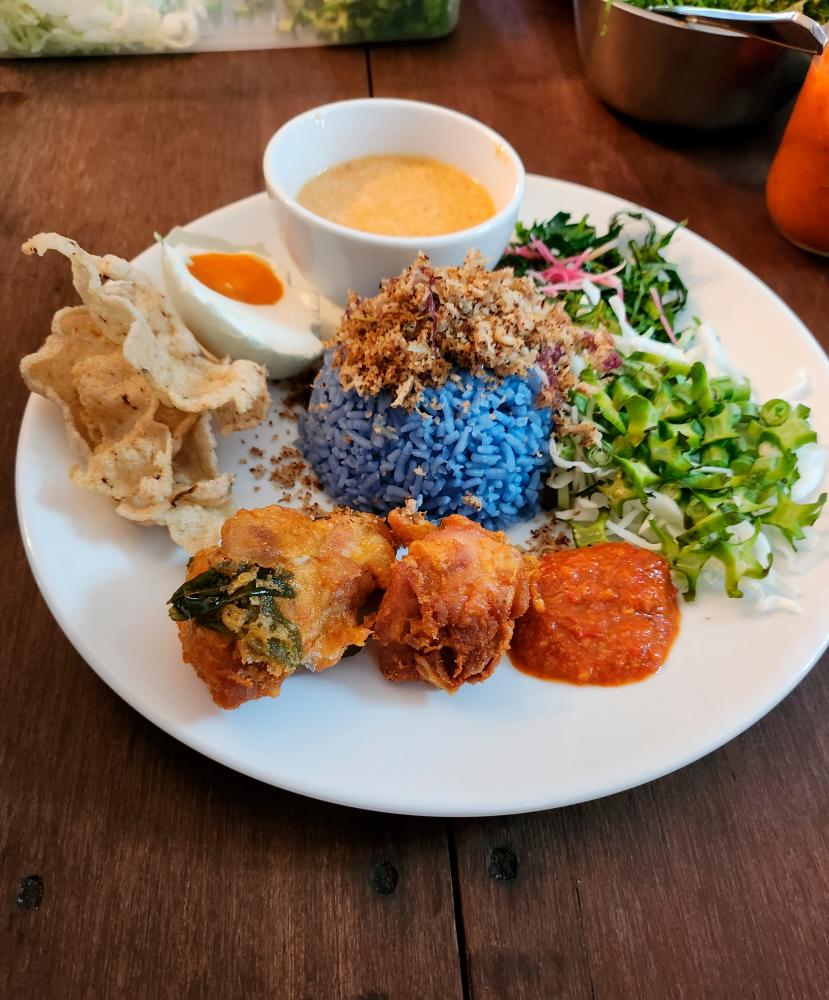
All the students got to finally dress their own Nasi Kerabu with all the prepared ingredients. Once the chicken was fried, Phang brought everything to the dining table. And we must say it was such a treat to indulge in the Nasi Kerabu in all of its entirety.
All in all, our time at Garden to Table was not only educational , but also fulfilling. We all left feeling informed and motivated to find out more. We have even been inspired to practice it in our daily lives.
Looking to try out Garden to Table’s cooking or baking session for yourself? Call or WhatsApp 012-9369 738 to register!



